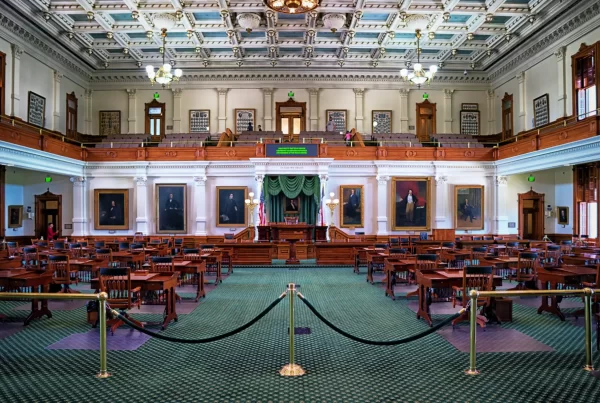In the Texas legislative process, few documents carry more behind-the-scenes influence than the fiscal note. Attached to most bills before they can advance through committee, the fiscal note outlines the expected financial impact of a proposed law on the state budget, agencies, and sometimes local governments. Though rarely discussed in public debate, these notes shape what legislation moves forward, stalls, or dies quietly in committee.
What Is a Fiscal Note?
A fiscal note is an official estimate of the cost—or savings—associated with implementing a proposed bill or joint resolution. It may also identify projected revenue gains or losses. Fiscal notes are prepared by the staff of the Legislative Budget Board (LBB), a legislative branch agency that supports lawmakers with budget and policy analysis.
Under Texas law, bills that would either spend state funds or affect state revenue must include a fiscal note. The purpose is straightforward: to ensure lawmakers are fully informed of the potential budgetary consequences before taking action.
Legal Requirement and Timing
The requirement for fiscal notes is grounded in Texas Government Code § 314.001, which directs the LBB to develop and maintain a system for identifying the fiscal impact of proposed legislation. In practice, both House and Senate rules require that a fiscal note be attached before a bill is considered in committee. Without it, the bill cannot advance.
The rule applies not only to bills with clear budget implications, but also to those that may create new duties for state agencies—such as requiring new reports, rulemaking, or enforcement actions—which could incur costs.
How Fiscal Notes Are Prepared
When a legislator files a bill, the LBB staff reviews its language and determines whether a fiscal note is needed. If so, analysts contact the relevant state agencies and request input. Agencies provide written responses estimating how much the bill would cost to implement, based on personnel needs, infrastructure, IT systems, or other considerations.
LBB analysts then review the agency submissions for accuracy and consistency, occasionally asking for clarification or recalculations. In some cases, they apply their own cost models or assumptions. The final fiscal note reflects the LBB’s independent judgment, not merely the estimates supplied by the agencies.
Once completed, the fiscal note is signed by the LBB director and becomes part of the official bill documentation. It travels with the bill throughout the legislative process.
Types of Fiscal Notes
Fiscal notes vary in form depending on the bill’s projected impact:
- Fiscal Implication: The bill is expected to result in a cost, savings, or revenue change.
- No Fiscal Implication (NFI): The bill would not materially affect the budget.
- No Significant Fiscal Implication (NSFI): There may be a small impact, but it can be absorbed with existing resources.
- Cannot Be Determined (CBD): The fiscal impact is uncertain, often due to limited data or variables outside the state’s control.
The phrasing is important. A “No Fiscal Implication” label can grease the wheels for passage, while a projected cost—especially one without a funding source—can doom a bill in committee.
Influence on the Legislative Process
Fiscal notes often determine the political viability of a bill. Even proposals with strong support can falter if the note indicates a high cost or an unfunded mandate. Conversely, a favorable or neutral fiscal note can give a bill momentum.
In budget-conscious environments—especially when revenue forecasts are tight—fiscal notes act as a gatekeeping mechanism. Legislative leaders and committee chairs routinely screen bills based on their projected cost, using fiscal notes to prioritize among competing ideas.
Fiscal notes also play a role in shaping amendments. Lawmakers may revise a bill to reduce its fiscal footprint, delay implementation, or add funding mechanisms in response to the LBB’s estimates.
Transparency and Public Access
All fiscal notes are publicly available through the Texas Legislature’s bill lookup tools and the Legislative Budget Board’s website. They are part of the legislative record and serve as a resource for journalists, stakeholders, and members of the public who want to understand the financial dimension of proposed laws.


